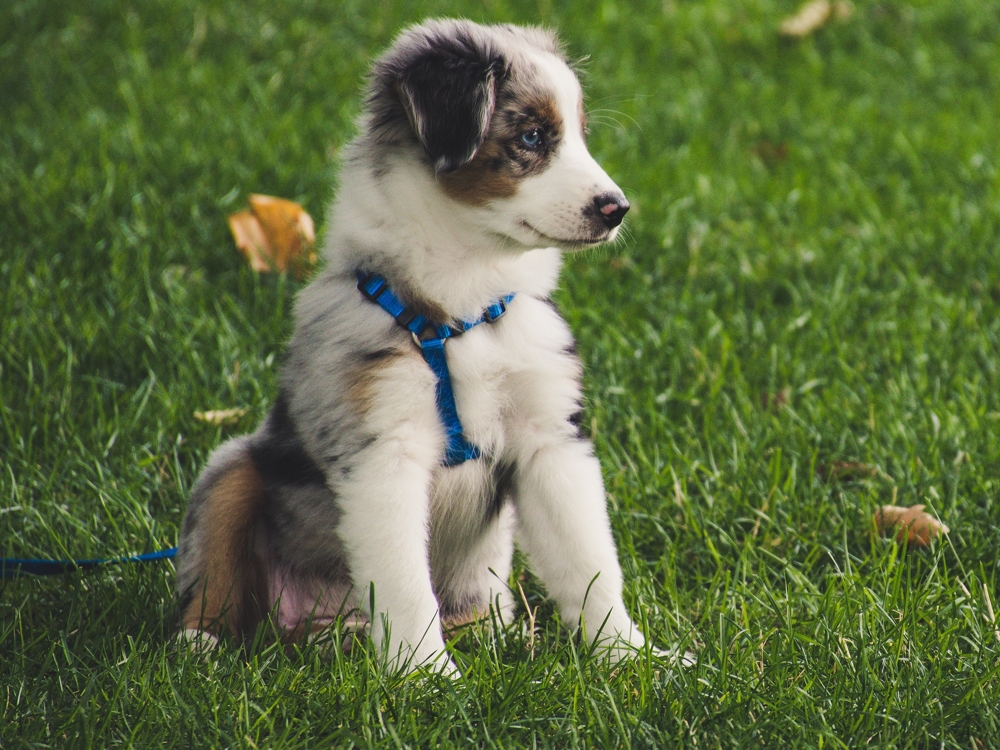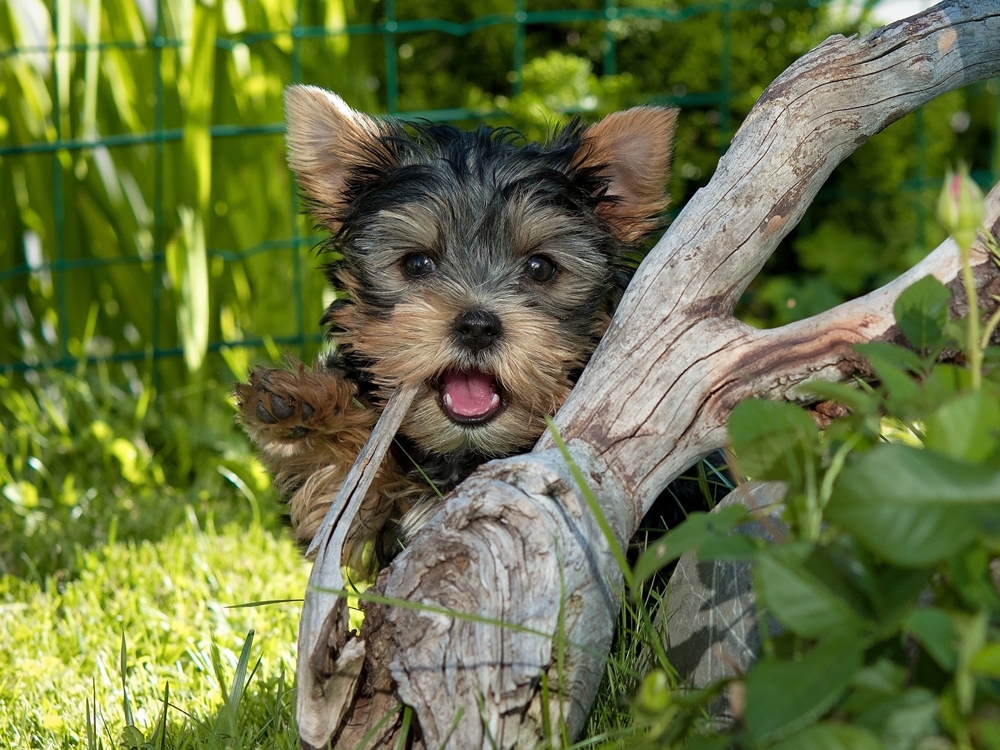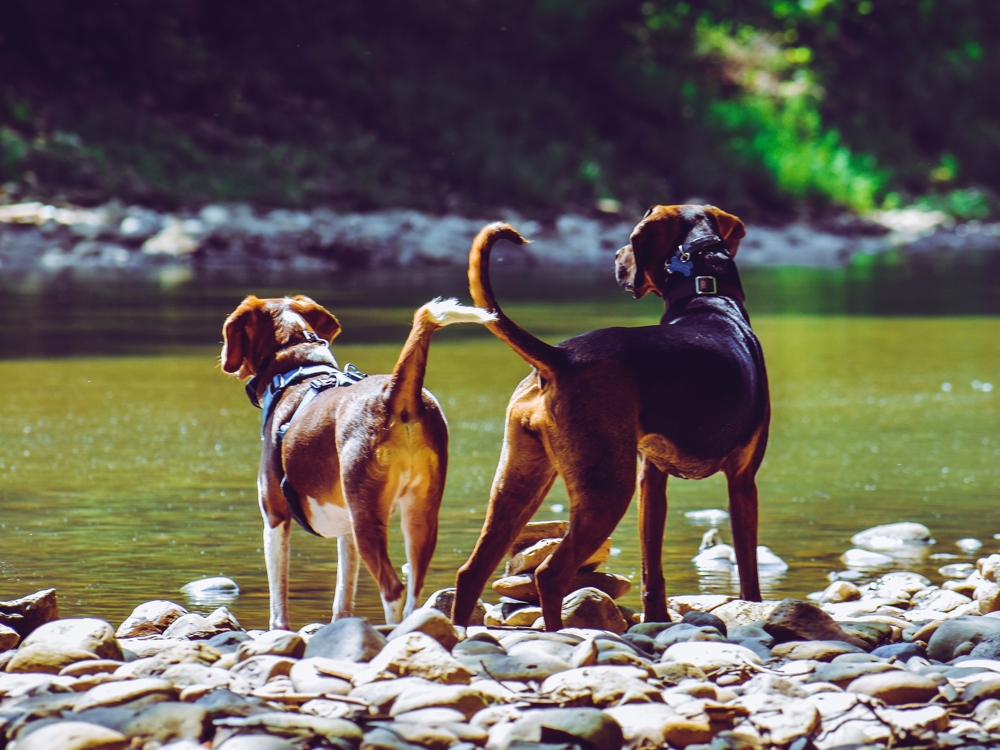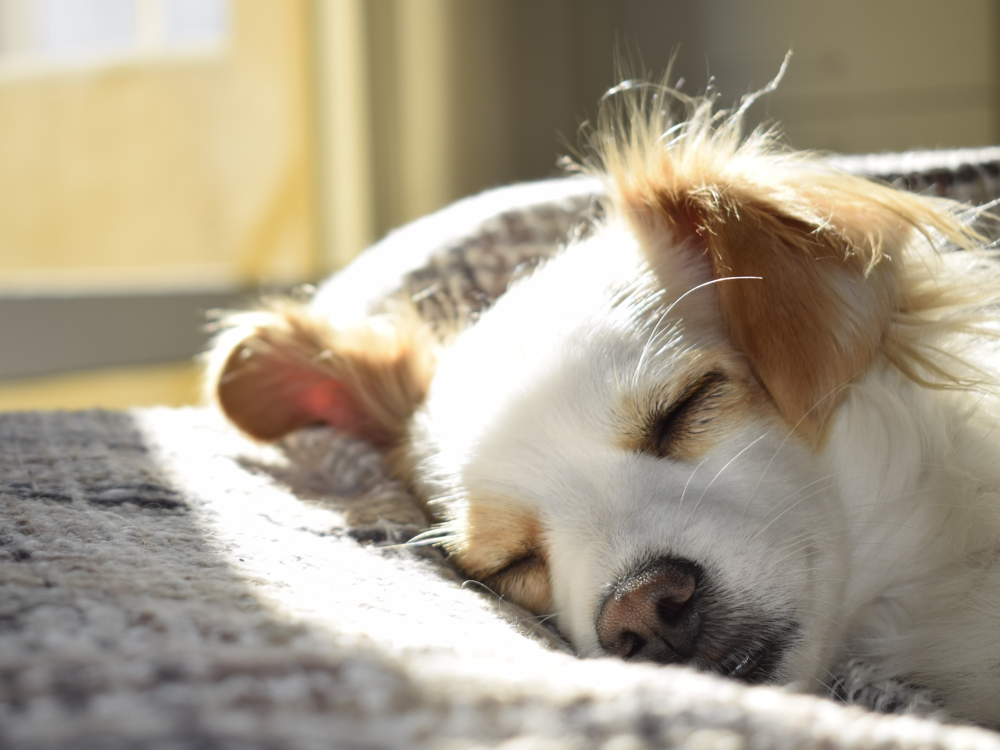How to Stop Your Puppy from Chewing Everything
Share
[Sassy_Social_Share]Below your puppy’s heart-melting big brown eyes is a set of teeth worthy of a piranha. Pups of every breed agree on one thing – they love to chew. They will chomp on any and everything in sight. They’ll find things out of sight to gnaw on. Chewing is one of a puppy’s favourite activities. But we humans don’t share their opinion on that. When those sharp teeth rip into our shoes, remote controls and table legs, we are not best pleased. One of the first things every owner of a new pup wants to learn is how to stop a puppy from chewing.
First, it helps to know that your puppy is not trying to ruin everything you own. They just have some really good reasons – from their point of view – to chomp on a variety of things. Puppies legitimately have a need to gnaw.
Why Do Puppies Chew?
Knowing why they chew helps you understand how to stop a puppy from chewing. So what is behind that canine drive to chew? Many things!
- In puppies, it is similar to human babies and toddlers. They use their mouth to learn about different objects around them.
- Pups shed their baby teeth and cut their adult teeth between three and six months. Chewing relieves the pain of their new teeth coming through their gums.
- Chewing is also play for puppies. They will chew to entertain themselves, relieve boredom and have fun.
- Anxiety is another reason for chewing. Ever crave crunchy foods when you are stressed? Dogs do too. Pent up energy can create stress for dogs. It isn’t always that a dog is frightened or unhappy about their environment.

The good news is that all of these reasons can be addressed. No matter how determined that little bundle of fur is to chomp everything you own into smithereens, they can learn to control it and redirect their need to gnaw toward appropriate toys. It will take time and effort, so you’ll also want to protect your belongings while your fur baby learns what is and is not acceptable to chew.
Puppy-Proofing Your Home
While your puppy is learning, you can prevent damage by puppy-proofing your home. Start a habit of putting shoes away in a dog proof place, such as a room that is off limits or a basket or shelf out of reach. This can be real motivation for children to put away their toys! Be aware of where items such as wooden spoons, hairbrushes, handbags, etc. are and keep them away out of puppy’s reach.
Your puppy does not need unsupervised access to all areas of your home. When no one can supervise to stop the puppy from chewing, it is fine to limit them to one room such as the kitchen. Small dogs can also spend a little time in a crate. This should not be done for too long, and your puppy does need plenty of time to play, explore, exercise and snuggle. But an hour here or there while you are mowing lawn or going to the shop can prevent your puppy from chewing your things.
Keep in mind that puppies can and will chew things that are difficult to protect from them. Wooden things such as table and chair legs, skirting boards, cabinets, and cupboard doors are very tempting to your pup. So it is important to know how to stop a puppy from chewing so you can eventually trust your dog not to destroy your home.
How to Stop a Puppy from Chewing Your Things
Your pup needs their own things to chew, safe things. Having a variety of different toys with different textures will go a long way to satisfying your pup’s need to chew. Not all dog chew toys are created equal. Some are actually dangerous for some dogs. Avoid toys made of thin, hollow plastic. Your pup’s teeth are likely to slice right through them, creating an instant choking hazard. Toys with squeakers or bells inside are also risky. Look for durable, rubber chew toys.

Never give your dog old shoes, clothes or other non-toy items to play with or chew. A dog really cannot understand any difference between your old, worn out boots and your new dress shoes. If you give them a shoe or a leather belt, you are teaching that all shoes or belts are fair game. When they grab something of yours, don’t let it become a game. It isn’t fair to the dog because they will be confused when they get in trouble for destroying that item later.
When you catch your pup chewing something inappropriate, quickly take it away with a firm ‘no’. Then offer a toy. Praise your pup for taking the toy and playing with it. Dogs need repetition to learn, so patience is required. Shouting or spanking your pup will not help. It will only create fear and anxiety… which makes your dog more likely to chew things. If your dog runs, do not chase. Dogs love that game! Instead, offer a treat to encourage them to come to you. If they drop the item, that’s great. You can get it after you give them the treat. If they bring the item, it’s an ideal time to teach the command ‘drop it’ or ‘give’ by saying the words as you gently remove the item from the dog’s mouth and give the treat.
You can also use dental sticks to give your pup a safe opportunity to chomp into something. And of course, dental sticks such as Leader Oral Pro and Go Native Dental Super Sticks are great choices for that. Your dog will love both the taste and the texture, and the dental sticks will clean his teeth while satisfying his urge to chew.
We can’t erase a pup’s natural instinct to chew, but we can reduce their stress levels and burn off their energy with regular walks and play time. A dog that gets enough exercise and mental stimulation is much less likely to chew inappropriate things around the house.





